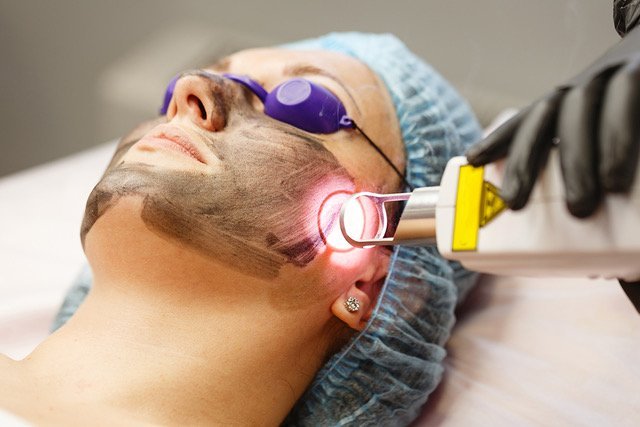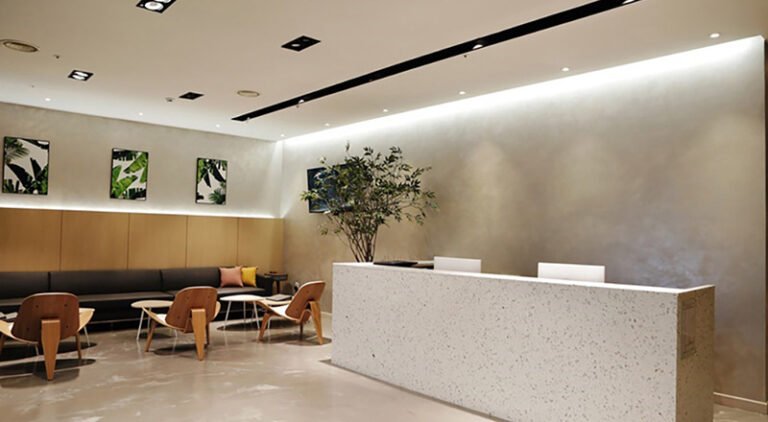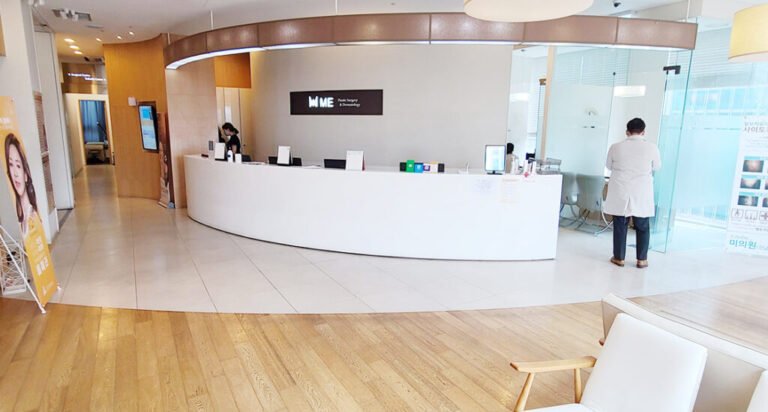Melasma is a common skin condition that causes dark, discolored patches to appear on the skin, primarily on the face. It’s especially prevalent among women and those with darker skin tones. In Korea, where skincare and cosmetic dermatology are highly advanced, melasma treatment has evolved to include cutting-edge therapies tailored to various skin types.
In this post, we’ll explore what melasma is, what causes it, its common symptoms, and the latest treatment options available in South Korea.
What Is Melasma?
Melasma is a form of hyperpigmentation characterized by brown or gray-brown patches, typically appearing on:
- Cheeks
- Forehead
- Bridge of the nose
- Upper lip
- Chin
It may also occur on other sun-exposed areas of the body, such as the forearms and neck. Though not harmful, melasma can cause significant cosmetic concern, especially due to its chronic and recurrent nature.
Causes of Melasma
Melasma is the result of excess melanin production in the skin, triggered by various internal and external factors. The most common causes include:
1. Sun Exposure
Ultraviolet (UV) light stimulates melanocytes (pigment-producing cells), worsening existing melasma or triggering new patches. In Korea, where the seasonal UV index can be high, especially in spring and summer, this is a major contributing factor.
2. Hormonal Changes
Fluctuations in estrogen and progesterone can lead to melasma. This is why it’s often referred to as the “mask of pregnancy” and is common among:
- Pregnant women
- Women on birth control pills
- Women undergoing hormone replacement therapy
3. Genetic Factors
A family history of melasma increases your risk. People with Fitzpatrick skin types III to V (medium to darker complexions) are more prone.
4. Cosmetics and Skincare Products
Some products may irritate the skin or increase sensitivity to sunlight, aggravating melasma.
5. Heat and Light Exposure
Not only UV light but also heat and visible light (e.g., from smartphones or LED lights) may worsen melasma.
Symptoms of Melasma
- Brown, gray-brown, or blue-gray patches on the face
- Symmetrical distribution—patches usually appear evenly on both sides of the face
- Flat texture—melasma does not cause bumps or inflammation
- No pain or itching, though appearance alone can cause emotional distress
Melasma is purely cosmetic and not dangerous, but it can significantly affect self-esteem.
Melasma Treatment Options in Korea
South Korea is known for its advanced dermatological technologies and highly personalized skincare treatments. Here are some of the most effective melasma treatments currently offered:
1. Topical Treatments
- Hydroquinone: A skin-lightening agent that inhibits melanin production.
- Tretinoin and corticosteroids: Often combined with hydroquinone for better results.
- Tranexamic acid: Topically or orally used in Korea to reduce melanin production and inflammation.
- Kojic acid, niacinamide, and azelaic acid: Gentle brightening agents found in Korean cosmeceuticals.
2. Chemical Peels
Mild to medium-depth peels using glycolic acid or trichloroacetic acid (TCA) can help exfoliate the skin and reduce pigmentation.
3. Laser and Light-Based Treatments
Korean clinics use advanced laser systems, often in combination with other therapies:
- Pico Laser (e.g., PicoSure or PicoWay): Breaks down pigment with minimal downtime.
- Fractional Laser: Promotes skin turnover and collagen regeneration.
- IPL (Intense Pulsed Light): Targets pigmentation but must be used cautiously in darker skin tones.
Note: Overaggressive laser use can worsen melasma, so treatment must be tailored by experienced dermatologists.
4. Microneedling with PRP
Microneedling stimulates skin healing, and when combined with Platelet-Rich Plasma (PRP), it can enhance pigment reduction.
5. Oral Medications
- Oral Tranexamic Acid: Popular in Korea for melasma; reduces vascular and pigment activity in the skin.
- Antioxidant supplements: Including vitamin C and glutathione, may help improve skin tone.
6. Custom Korean Skincare Regimens
Korean dermatologists often prescribe personalized routines including:
- Gentle cleansers
- Antioxidant-rich serums
- Medical-grade sunscreens
- Skin barrier-strengthening creams
Prevention and Aftercare
To prevent recurrence, patients should:
- Use high-SPF sunscreen daily (SPF 50+, broad-spectrum)
- Wear hats and sunglasses
- Avoid excessive heat and direct sunlight
- Stick to prescribed skincare routines
- Avoid irritants in over-the-counter skincare
Why Choose Korea for Melasma Treatment?
Korea offers:
- State-of-the-art dermatology clinics
- Multimodal treatment protocols
- Skin-type specific approaches
- Experienced medical professionals
- Access to the latest laser technology and pharmaceuticals
Foreign patients often find that the combination of high-quality care and relatively lower costs makes Korea a leading destination for treating melasma and other pigmentary disorders.
Final Thoughts
Melasma may be stubborn, but with a tailored treatment plan, especially from a skilled Korean dermatologist, it can be significantly improved. If you’re dealing with persistent pigmentation, consider a consultation in Korea to explore safe, effective, and personalized solutions.




